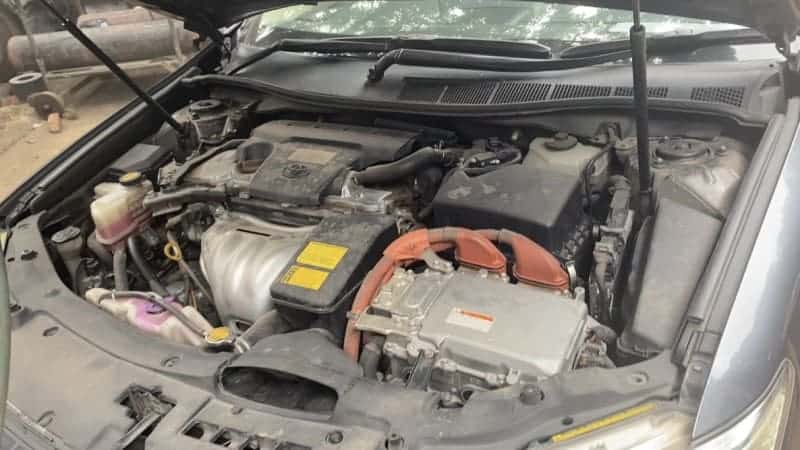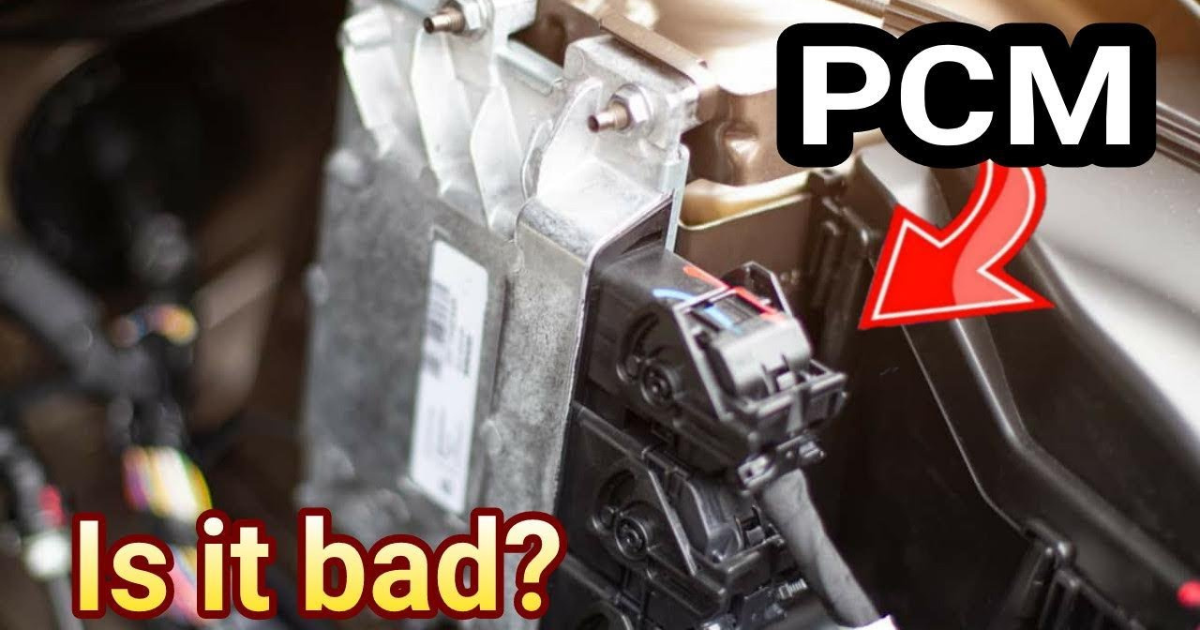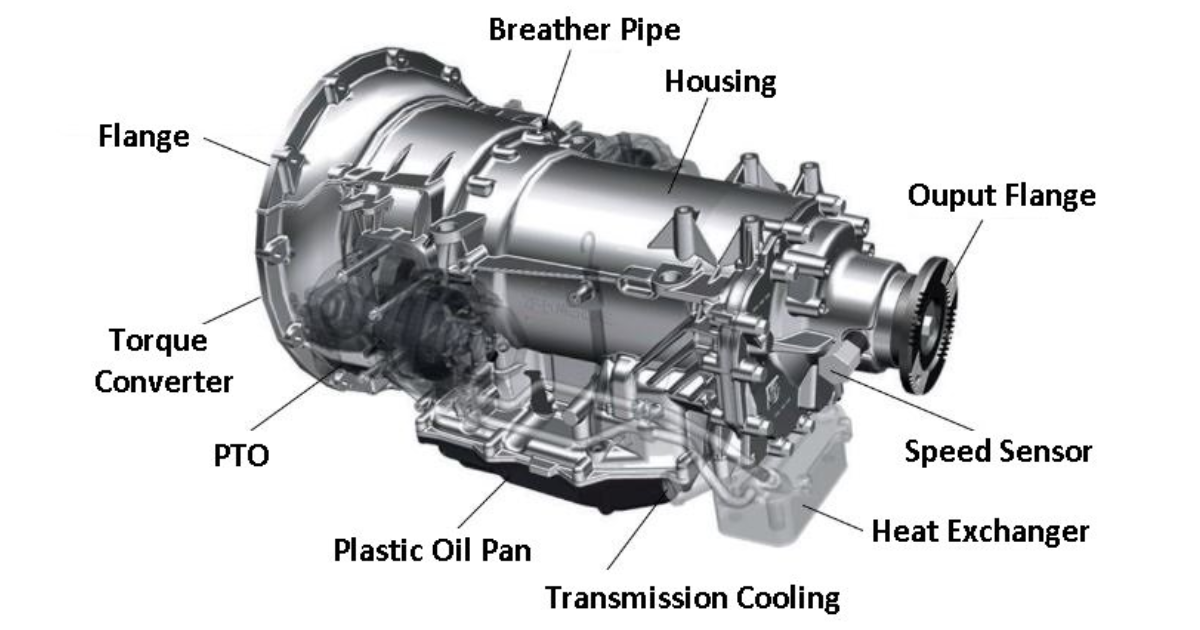A lot of the car’s systems used to be manual a few years ago. It would be necessary to monitor every component of the vehicle in order to operate all of the accessories. Plus, it’s usually necessary to take it to a mechanic for a thorough inspection whenever there’s even a minor problem.
However, you are no longer obligated to endure this anxiety. What gives, then? Various onboard computer systems are now standard in most vehicles. These digital infrastructures are largely under the jurisdiction of the PCM. Your next logical query is likely to be: what exactly is a PCM?
What Does a Vehicle’s PCM Mean?

The PCM, or power control module, is the vehicle’s central processing unit. It regulates the engine and transmission, the two primary components of the powertrain, along with a plethora of additional auto parts. It acts upon the data it gets from its network of interconnected sensors.
More than one hundred (100) tasks can be executed simultaneously by the PCM in a single vehicle. The PCM is able to do its job by keeping tabs on various parameters thanks to the various sensors installed throughout the vehicle.
So, practically every part of the vehicle is controlled by the PCM. Your vehicle will not function correctly in the event that it malfunctions or if any of the linked sensors experience issues. This is due to the fact that its brain would be rendered useless in performing its duties.
The PCM is a metal box that connects to other sensors in the vehicle via a network of wires. Within the vehicle, near the fuse box, or in the engine compartment is where you’ll usually find it. Underneath the front windshield is where you might find it in certain cars.
The placement of your PCM, therefore, is manufacturer and model specific. However, the engine bay is a common location for it in most cars. If you can’t find it in that spot, try looking in the space beneath the plastic covering on the passenger side of the dashboard or in the passenger’s compartment.
Engine control unit, or ECM, is an acronym that you might have encountered while looking up PCM. Keep it in mind.
A second on-board computer known as the TCU (Transmission control unit) collaborates with the ECM. The ECM manages the engine, and the TCU is in charge of the gearbox. However, the ECU is the sole component used in a vehicle devoid of an automatic transmission.
Therefore, the PCM is used by many contemporary cars with automatic transmissions instead of two separate onboard computers, the ECU and the TCU. So, the PCM is like an ECU and TCU rolled into one.
How Is a PCM Used in a Vehicle?

Your car’s central processing unit is the power control unit. Among the computers on board, it is one. In an automobile, what is the function of the PCM? It takes data from a number of sensors installed throughout the car and uses it to regulate the engine, gearbox, and other systems.
Various sensors, such as those located in the engine, pedals, and exhaust system, send signals to the PCM. Every second, it makes decisions based on the data given by these sensors.
It aids in a variety of processes, including as timing the ignition of the spark plugs and regulating the fuel flow to each cylinder. The PCM also does a superb job of timing when the automatic gearbox should shift to different speeds for optimal performance.
Conclusion
By now you should have a good idea of what the PCM is and how it works in your vehicle. Finally, how does a PCM work in your vehicle?
At its core, the PCM is your car’s control system. It controls the gearbox and engine, among many other parts of the vehicle. Its exceptional performance is only attributable to the numerous automobile sensors that are linked to it. What it does is dependent on the data collected by the sensors.
Your vehicle will not work properly or might damage other components if the PCM or any sensor fails. Make sure to replace the PCM as soon as you find a problem.




